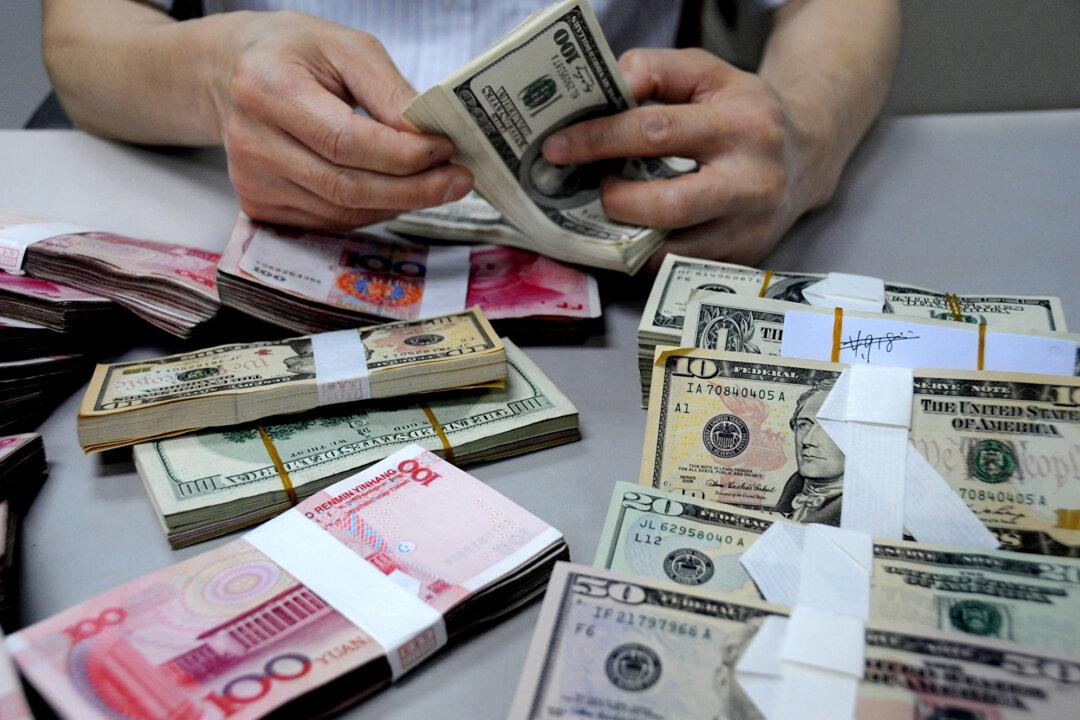Unemployment among Chinese youths is worsening according to official figures, which one academic has questioned as she believes the real number may be much higher.
China’s Bureau of Statistics stated on July 17 that the unemployment rate of the urban labor force aged 16-24 rose to a new high of 21.3 percent in June, a six consecutive month surge, following figures for January through to May—17.3 percent, 18.1 percent, 19.7 percent, 20.4 percent, and 20.8 percent, respectively.





